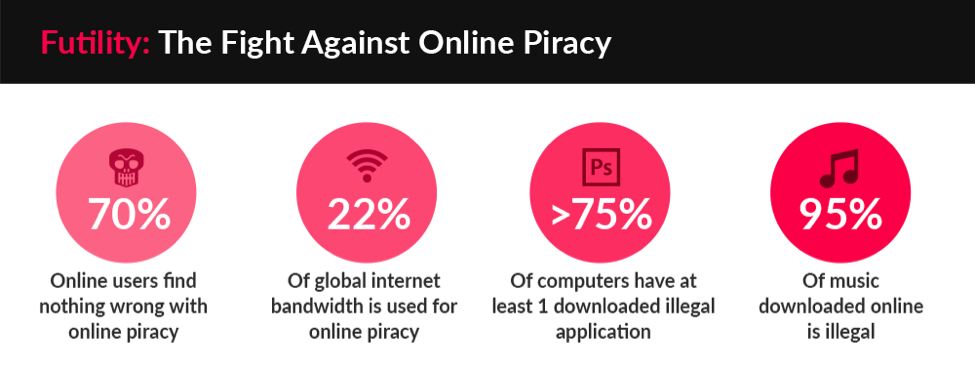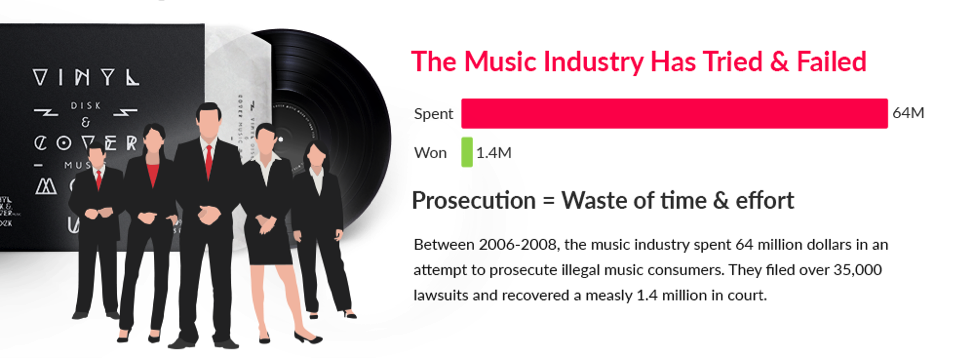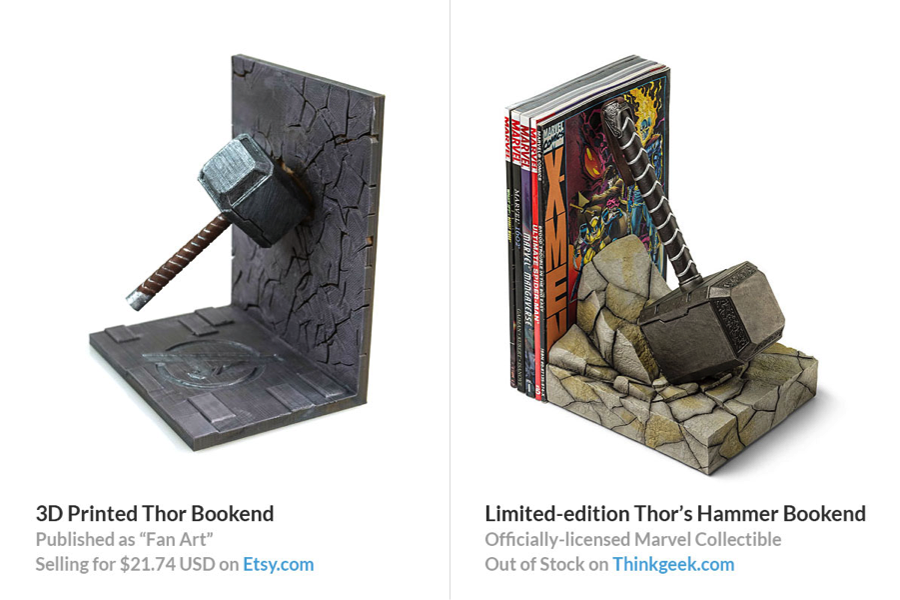Just a short cab ride from the White House and across from the US Capitol building in Washington, you can feel the power of this city’s proud history. But it was the future that preoccupied me, having crossed the continent back in April to inform members of the US Congress about 3D printing and its implications for IP law.
Although I had been invited to answer questions about one of the most disruptive technologies emerging in the market today, the truth was that I had some questions of my own. The most important answer I was looking for was the top lawmakers’ position on the difference between fan art, a derivative work, and infringement. As the founder of Pinshape, a 3D printing marketplace, my primary responsibility is to ensure that this technology is business friendly, and we’re bringing in high-quality printable products for our community. I, therefore, have a keen interest in ensuring that unnecessary legal roadblocks do not diminish the efficiency that this technology can bring to our economy.
Questions around intellectual property are not minor technical details. Ultimately, the answers will help determine whether 3D printing advances quickly or enters a legal bottleneck that echoes the most disruptive legal battles that began with Napster and continue to hamper the marketplace today. In short, as 3D printing enters prime time for a mass-market consumer audience, one of the most important questions is “can we keep the lawyers from spoiling the moment?”
This question arises out of some difficult experiences that have been seared into our collective memories. Many will recall the spiteful, self-defeating campaign of music industry moguls who spent $64 million between 2006 and 2008 alone, in order to frighten the ‘illegal’ file sharing music community, for which they only recovered a paltry $1.4 million. More than 35,000 lawsuits were launched against what was only a small fraction of the true number of people who were downloading music ‘illegally’ during that decade. Mainstream music companies terrorized their own fan base, damaged their PR value, and ultimately achieved little to slow the inevitable transition driven by new technology. DRM is still with us, but has largely failed, as we’ve moved into the ‘sharing economy’. It was a costly and short-sighted exercise tha,t in the end, was pointless and achieved little.
That’s not the history we need repeating itself as 3D printing comes into its own, because there’s an even bigger potential risk for IP infringement than with music. That is, artists can independently create duplicate products, in addition to transmit the files themselves. A talented 3D designer and Star Wars fan like Ken Landrom, with an unstoppable passion for a galaxy far, far away can mock up his own version of a Storm Trooper blaster 5 months before Disney even starts putting toys on the market to coincide with their new movie debut. Easy-to-use design tools and a culture of sharing means millions of fans can custom-design models of their favorite characters, even before billion-dollar entertainment conglomerates can begin marketing their own products.
Lawyers who remember the glory days and endless billable hours of the music industry debacle might just be salivating at the prospect of a round 2.
In the recent history of conflict over intellectual property, industry waited for government to take action. Fortunately, we now have the benefit of hindsight and if we become more proactive this time around, another litigation war can be avoided.
If they’re smart, companies with prized intellectual properties will create popular objects people want to print, from Ronald McDonald and Rick Grimes to the Millennium Falcon and Sponge Bob, and put these files out there in the internet marketplace for people to purchase before they infringe on IP.
By making their wares available with a combination of file downloads and streaming options, instead of waiting for the marketplace to redesign and replicate their brand with ‘fakes’, companies can get ahead of the duplication design wave. Sure, some designers can always offer their own Luke Skywalker paperweight, but if you’re a true fan, wouldn’t you have a burning desire to buy the ‘official’ version instead?
History doesn’t have to repeat itself. Companies can learn from what didn’t work in the past and quite literally create a different, better future – with or without the intervention of your local member of Congress.






